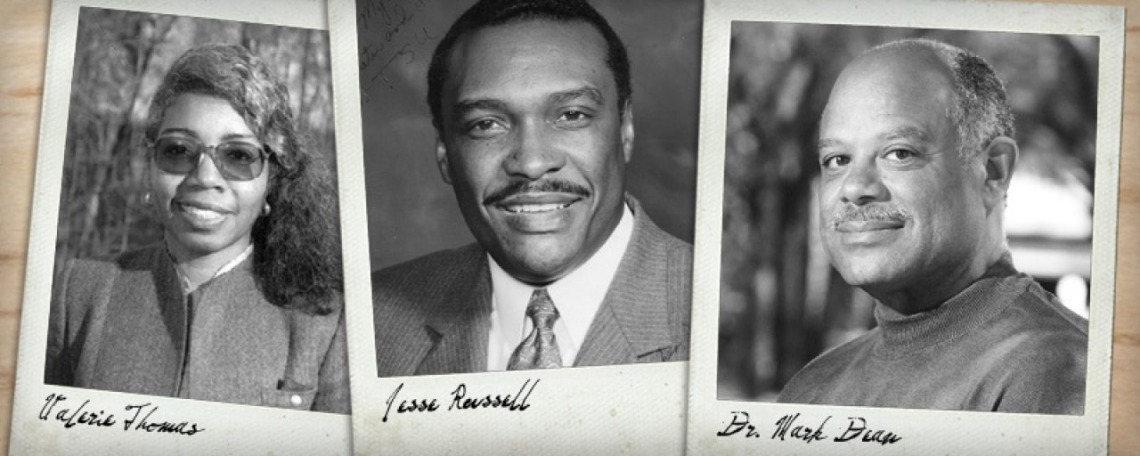Celebrating Diversity in Technology

At the University of Arizona, one of our six core values is diversity and inclusion. This core value is important to not only recognize, but to honor and foster. Practicing inclusion and compassion in every interaction from every office, division, and college is essential to our mission. Diversity brings fresh perspectives, experiences, and ideas, which allows for the entire University to grow and benefit.
In February, we proudly observe Black History Month within our division and throughout the University. During this time, we pay tribute to the myriad sacrifices, hardships, and obstacles that the black community, both historically and in the present, has overcome. We also acknowledge the invaluable contributions they have made to our society. Black History Month provides a dedicated period for elevating these stories, fostering heightened recognition, gratitude, and celebration.
There are several black historical innovators whose inventions and broad thinking has allowed for technology professionals and everyday people to have ease in their daily life that would not be possible without these black innovators. Read about one such innovator in this web article.
One of the oversights we regularly see in the realm of inclusion and diversity, is that there are several incredible minority contributors to our society who are far less known. Mark Dean is just one of the many examples of that. Although his name may not be as broadly communicated, Mark Dean, Computer Scientist and Engineer, invented technology that has gone on to change the way we use computers. Without his drive, imagination, resilience and tenacity, our way of working on computers would look far different and much less vibrant.
At a young age, Dean demonstrated a love of building things, and this passion stayed with him throughout his childhood and career. Spending most of his career as an inventor for IBM, he went on to do work that led to the development of the color PC monitor and in 1999, led a team of engineers to create the first gigahertz chip, forever changing the trajectory of calculations. As an engineer, he worked closely with colleague Dennis Moeller to create the Industry Standard Architecture (ISA) system bus, a new system at the time that allowed for devices such as disk drives, printers, and monitors to be plugged directly into computers. These inventions have allowed for him to hold three of IBM’s nine patents, and in total, holds more than 20 patents to his name.
Dean’s work and contributions have been undeniably game-changing in technology, but one of the most impressive facets about him is his continued curiosity. After making such incredible technological advancements, he had a continued thirst more heightened knowledge, going on the attain his master’s degree in electrical engineering, then finishing his education by obtaining a doctorate from Stanford University.
This month, it’s an honor to elevate Dean’s accomplishments and think about him and his work as we work on our colored pcs, calculate an equation, and do work that would not be as streamlined and visually pleasing without his inventions.

